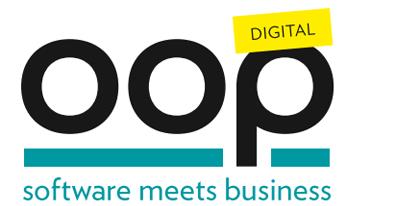
SOFTWARE MEETS BUSINESS:
Die Konferenz für Software-Architektur
08. - 12. Februar 2021, Online-Konferenz

SOFTWARE MEETS BUSINESS:
Die Konferenz für Software-Architektur
08. - 12. Februar 2021, Online-Konferenz

Service-orientation seems to be in vogue again, this time dressed up as microservices. Many seem to get going with very little plan and thought, running the risk of sliding down the slippery slope towards distributed monoliths. Some experts try to encourage domain-driven design, but that may confuse even more. We crave more guidance. Maybe the classic business capability maps could help?
Target Audience: Architects, developers
Prerequisites: Some experience with modularisation and enterprises
Level: Basic
Extended Abstract:
Service-orientation is still a surprisingly hard and complicated endeavour after all these years and the risk of getting it wrong, potentially ending up with a distributed monolith with its tight coupling, fragility, and high cognitive load, is still very real to many. Our industry is fairly immature and moves so fast that internalising acquired knowledge seems difficult and we often go through cycles of re-discovery of findings made decades ago. Maybe some SOA practitioners from the previous attempts made some breakthroughs that we have missed as we now have another go with microservices?
The concept of business capabilities from business architecture can be one approach to take a closer look at, with its holistic outside-in perspective of the company. The capability vantage point inherently abstracts away the 'what' a company does from the 'how' , describing the essence of what the business offers. In this talk we will take a closer look at what they are and what they can help us with, all the way from business strategies and analysis, via organisational design to data management and technical design. They may just be the tool we need to design services, micro or not, as parts in a business aligned sociotechnical system, where people, information, processes, and technology are jointly driving business outcomes.
Vortrag Teilen